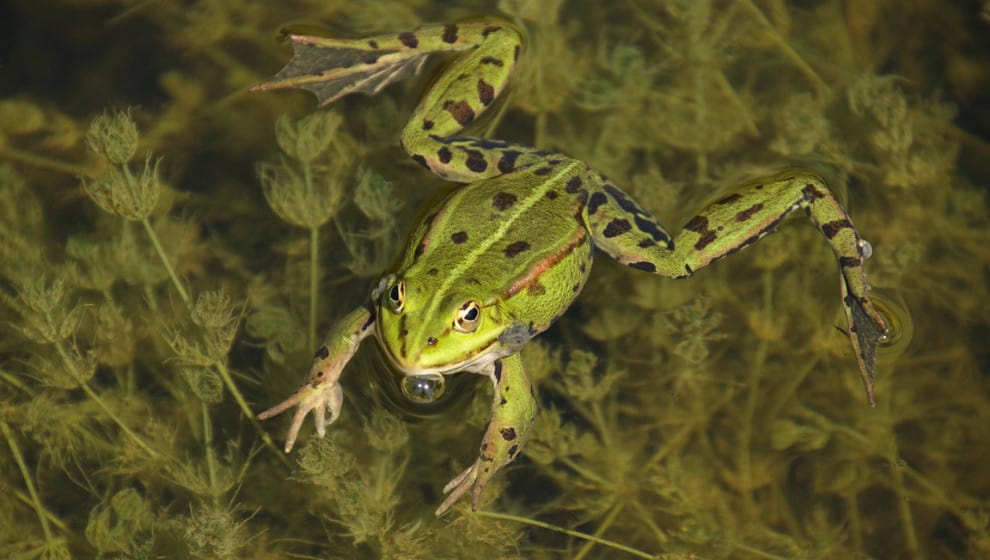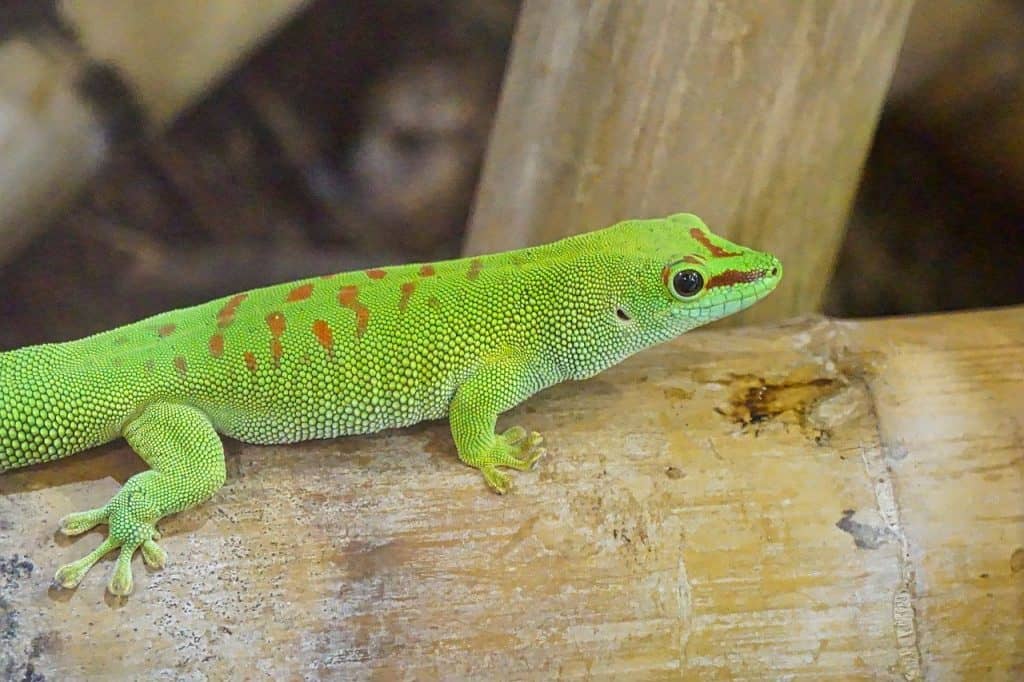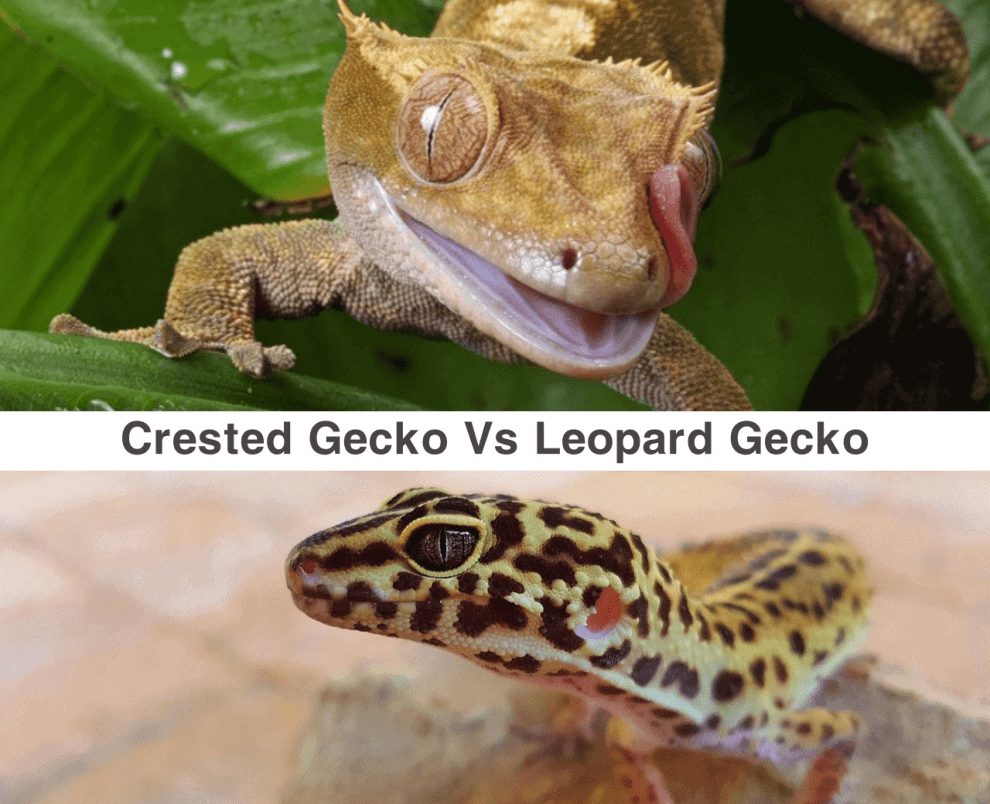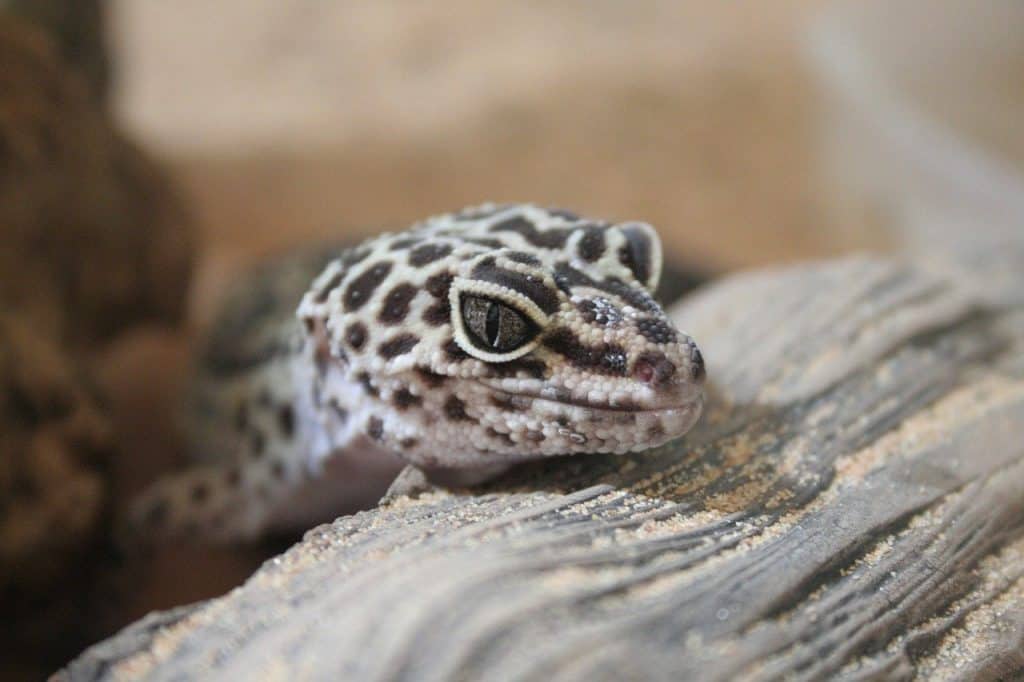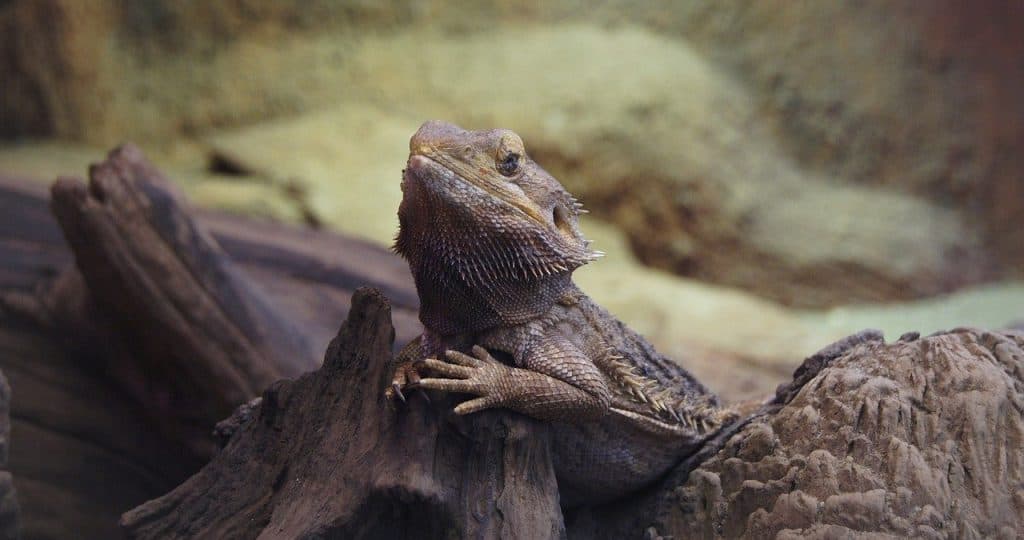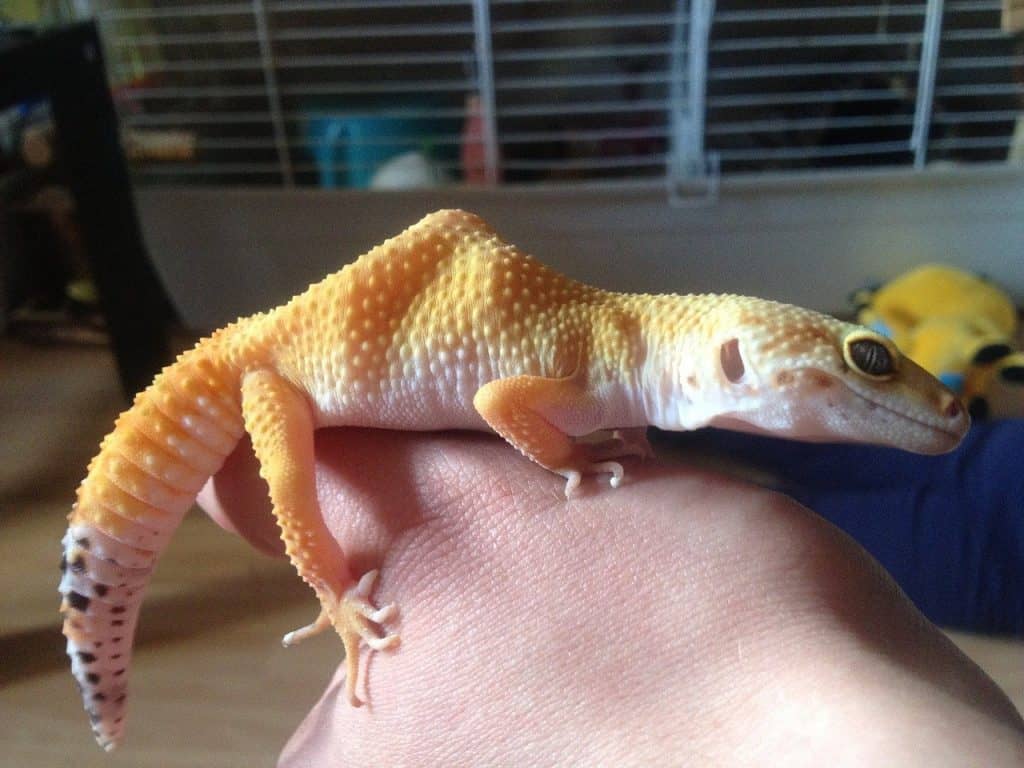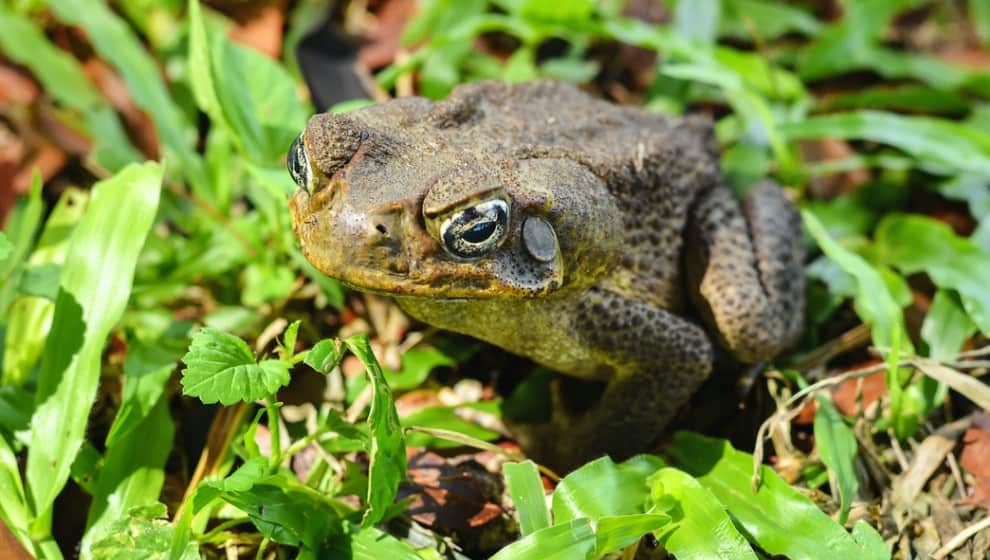Yesterday, while playing with kids around the pond, my little girl asked me:
“Father,
Can Frog Breather in water?”
She seems curious to know the facts.
Several years ago, when I adopted few frogs, I researched about frog’s breathing.
Although I already know some facts, to provide more recently searched information.
I started collecting sources.
During this I found more interesting questions to answer
Can they drown in water?
For how long they can breathe underwater?
Picking up all important facts from various reliable sources, I feel motivated to write this information here.
How do Frogs Breathe?
Ponder upon the first query,
Table of Contents
Can Frogs Breathe underwater?
Yes, they can,
They can breathe underwater. They use their skin ores to observe oxygen. This quality of skin helps them to stay longer underwater.
All mammals including humans breathe through their lungs. Frogs being amphibian have gills and live completely underwater. When they become adult frogs, they can breathe through their lungs at this stage.
Surprisingly, frogs have the amazing ability to breathe underwater, and above it.
Still, there is the mystery about tadpole breathing,
Read below in detail about the breathing of frogs at various growing levels.
Tadpole-Adult Frog Breathing Cycle
Like all amphibians, the frog goes through an initial growing stage known as metamorphosis. This is the transition from water animals to the land-based animal.
At the larval stage, frogs grow as a tadpole, and finally, develop as an adult frog. During the tadpole stage, frogs use gills to breathe underwater.
When they mature, they lose their gills but strengthen their ability to breathe through the skin.
A tadpole has just three body parts know as tail, gills, and LLS. Gills help them to breathe without lungs, with tail they can swim in the water, LLS helps them to navigate in water.
Tadpoles grow into a frog after metamorphosis, during this phase their lungs start developing. Once this phase is complete, the frogs can appear on the surface water to gulp air.
Various species of frogs develop this ability at a different stage, depends on other related factors.
How Does This All Happen?
Firstly, know that frogs have functional lungs. However, unlike mammals, it’s not only a breathing source for them. Their skin helps them to reduce the burden of lungs, helps them in the breathing process occasionally.
Nature has gifted frogs with perfect skin to breathe. They have a thin layer, with calipers quite close to this layer and marbled blood vessels.
Why Do You Find Frog Slimy On Touching?
Frogs have mucus layers all over their skin. This layer proves helpful to retain the skin`s moisture for breathing.
Slimy liquid has natural properties to create an anti-bacterial system for protection against diseases.
In scorching heat stay active during the daytime, as this moisture can maintain their body temperature.
The colorless natural slimy coating is fine to touch, but be careful when you see white foamy secretions on frog’s skin. Probably, it contains mild to high-level toxins. Avoid touching the frog, if you see any white secretion on his body, it’s a sign of danger.
Some amphibian starts oozing out in feeling of fear. They can even ” squirt” it out, so keep yourself protected. Stay at distance, Better to leave the animal alone for some time.
Do Frogs Breathe During Hibernation?
Yes, mostly amphibians especially frogs breathe during hibernation. Since frogs have a breathing system that works through their skin, so they absorb oxygen during hibernation.
Frogs hibernate in water; they can swim around the water to fulfill their oxygen supply.
Still, frogs have the natural to stop breathing while hibernating. Their heartbeat stops due to this but still, they are alive, and it’s surprising and fascinating for the readers here.
This is a kind of switching to anti-freeze mode, as they become able to save high glucose levels to use at this stage. This helps to protect their vital organs, warms-up their body in low temperatures. When the weather turns to normal, they wake up healthy and start breathing normally; it is a kind of pause for their lungs.
Two Ways Breathing Mechanism
Frogs are cold-blooded creatures, they don’t need much energy to stay alive, so they can survive with a low level of oxygen. During hibernation with slower activity E and an oppressive metabolic system, they can survive for a longer period.
These observations show that frogs can survive in an environment with less oxygen. They have a higher tendency to stay alive as compared to the other animal living in the same environment.
Although few species of frog alive due to through breathing their skin only. It doesn’t mean that they don’t have lungs at all. Salamanders also do the same; the endangered flat-headed Bornean frog is famous for this trait.
Titicaca frog, which is well known for its wrinkled skin, is also counted among endangered species. They have a bigger surface area of skin to use for respiration.
Frogs have a two-way breathing system:
- In water, they breathe through a cutaneous respiration process. This happens through the exchange of Oxygen and Carbon dioxide, the same as it works for the other living creatures. The only difference is that it happens to the skin, oxygen enters through the force via blood diffusion.
- On land, the breathing process is known as ” gular pumping”. In this process, the air enters the lungs, moving through the throat. This happens to the forced air entering into the lungs with a pumping force.
Can Frog Drawn ?
Yes, frogs can be drawn.
How does this happen?
Frogs do have lungs, even if they are not using them all the time. So simply, when their lungs are filled with water, they can be drawn easily.
They can breathe through their skin as well. The moisture on their skin makes them able to breathe through the pores. If their skin completely dries out, they will not be able to observe oxygen, the result can be drawn.
Then they are underwater, they have to use their skin for observing oxygen but if the water is not getting enough oxygen supply, it will affect them.
Lack of oxygen supply can fall them drawn, likewise, it happens to humans with insufficient oxygen supply.
Probably now, you are thinking about a low level of oxygen in the water.
Well, it can happen Due to certain reasons, important to know these aspects so you can maintain your frog’s Habitat properly.
Make sure you are providing sufficient and clean water to your frog. Even a small talk signal can be fatal to your frog if left unchecked in the aquarium.
Few Tips To Keep Pet Frog Healthier
Managing all the important accessories is vital to provide a healthy lifestyle to your pet.
Here given a few tips adopted by experienced pet owners. By adopting these simple tips you can save your frog from dying due to suffocation:
- Safely change the take water of the aquarium
- Manage the humidity and temperature of habitat according to the weather conditions
- A few degree changes can be a disaster for small frogs, consider the temperature of a heater according to entire weather conditions
- Clean the tank regularly otherwise your pet can get sick, food residuals can turn into toxins after few days.
- Leave it to nature, if you have set up the right habitat, keeping a check on other elements, you are not going to face many problems
Final Thoughts
I hope the above-written article can prove helpful for learning about frogs.
We have learned how frogs breathe under the water. It’s clear now they mostly inhale oxygen through their skin.
We have also discussed which respiration method is suitable for land and underwater. They can also breathe through their lungs, using their mouth and nostrils.
It is quite interesting to know that frogs can also be drawn in water.
Yes, they do have lungs, so there is the possibility of drowning.
I hope you enjoyed this interesting information. I feel immense pleasure in sharing my knowledge being an amphibian enthusiast.

